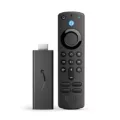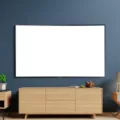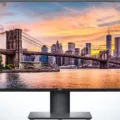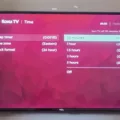If you’re looking to cut the cord on cable, one of the first things you’ll need is a TV antenna. With an antenna, you can pick up local over-the-air channels for free. There are a variety of antennas on the market, but you can also make your own using coaxial cable.
Coaxial cable is a type of cable that is commonly used for television and internet connections. It has a copper core surrounded by insulation and a braided shield and is covered in a protective coating. Coaxial cable can be purchased at most hardware and electronics stores.
To make a DIY TV antenna using coaxial cable, you will need the following materials:
– Coaxial cable (the longer, the better)
– Wire cutters
– Electrical tape
– A piece of wood or cardboard
– A coaxial cable connector
Here’s how to make your DIY antenna:
1. Cut the coaxial cable to the desired length. The longer the cable, the better the reception will be. A good length to start with is around 10 feet.
2. Remove the outer coating of the cable about 1 inch from the end using wire cutters. Be careful not to cut the braided shield.
3. Fold the braided shield back over the outer coating of the cable.
4. Remove the insulation from the center copper wire about 1/4 inch from the end.
5. Screw the coaxial cable connector onto the end of the cable, making sure the braided shield is securely in place.
6. Attach the other end of the cable to a piece of wood or cardboard using electrical tape. The wood or cardboard should be about the same size as the TV screen.
7. Attach the antenna to your TV using the coaxial cable connector.
Once your DIY antenna is connected, you may need to adjust the placement to get the best reception. Try moving it around and see where you get the best signal.
It’s important to note that the quality of your reception will depend on a variety of factors, including your location, the strength of the signal in your area, and the quality of your antenna. If you’re having trouble getting a good signal, you may need to invest in a more powerful antenna or consider using a signal amplifier.
Making a DIY TV antenna using coaxial cable is a simple and cost-effective way to pick up local over-the-air channels. With a little bit of effort and some basic materials, you can enjoy free TV without the need for a cable subscription.
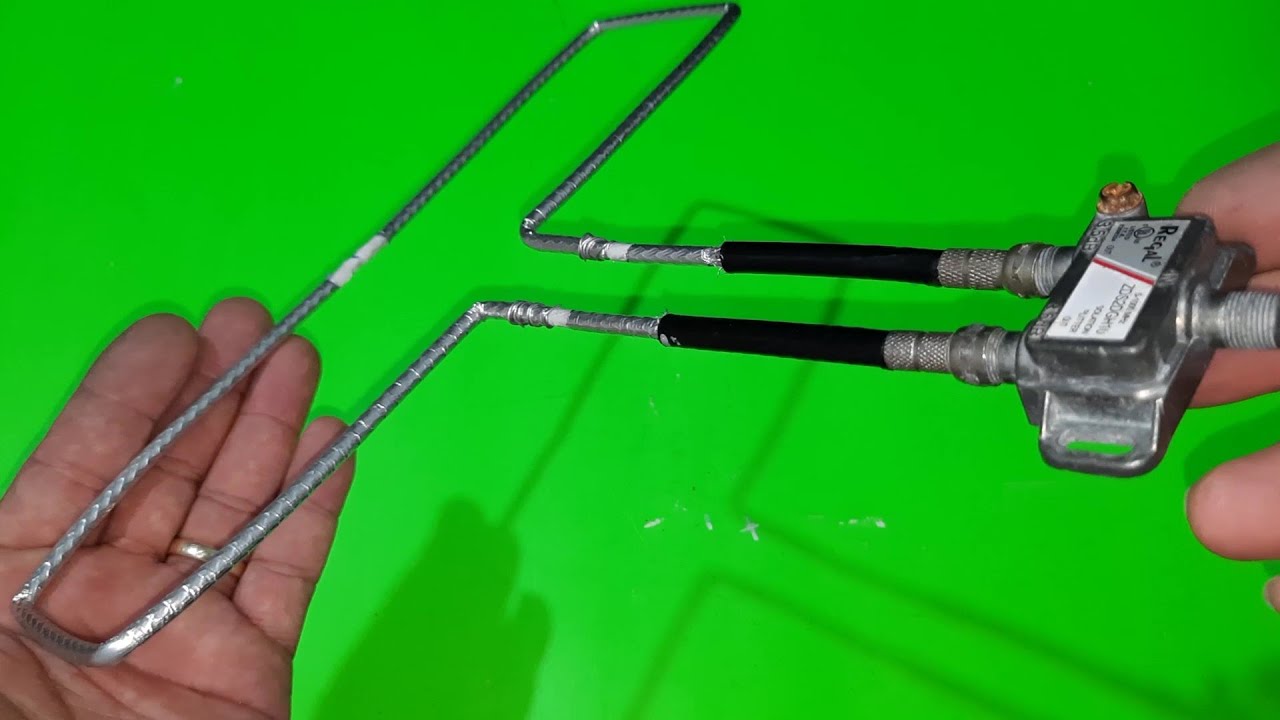
Can Coaxial Cable Be Used as an Antenna?
You can use a coaxial cable as an antenna. However, it’s important to note that coaxial cable itself is not an antenna, but rather a transmission line that can be used to connect an antenna to a radio or television. In order to use a coaxial cable as an antenna, you will need to connect the cable to an actual antenna that is designed to receive the frequencies you want to pick up. This can be done using a coaxial cable connector, which allows you to attach the cable to the antenna. Once you have connected the cable to the antenna, you can then connect the other end of the cable to your television or radio and begin receiving signals. It’s worth noting that the effectiveness of using a coaxial cable as an antenna will depend on a number of factors, including the quality of the cable, the type of antenna you are using, and the strength and proximity of the signals you are trying to receive.
Maximum Length of Coaxial Cable for TV Antenna
The maximum extension that can be added to the standard length of cable supplied with a TV antenna is 10 meters. It is important to note that longer extensions are possible, but these must be installed by a qualified technician to ensure proper installation and optimal performance. In addition, extensions are available in standard lengths of 5 and 10 meters, providing flexibility in choosing the appropriate length for the specific installation needs. To avoid signal loss and interference, it is recommended to use the shortest length of cable possible and to ensure that the cable is of high quality, with a low signal attenuation rating.
Conclusion
A TV antenna is a great option for those who want to access over-the-air television channels without having to pay for cable or satellite services. With the right equipment and placement, you can receive high-quality reception and access a variety of channels. It’s important to consider factors such as your location, the type of antenna you need, and any potential interference before choosing an antenna. Additionally, using coaxial cables can help improve your reception and extend the reach of your antenna. By following these tips and taking the necessary precautions, you can enjoy high-quality TV reception without breaking the bank.

